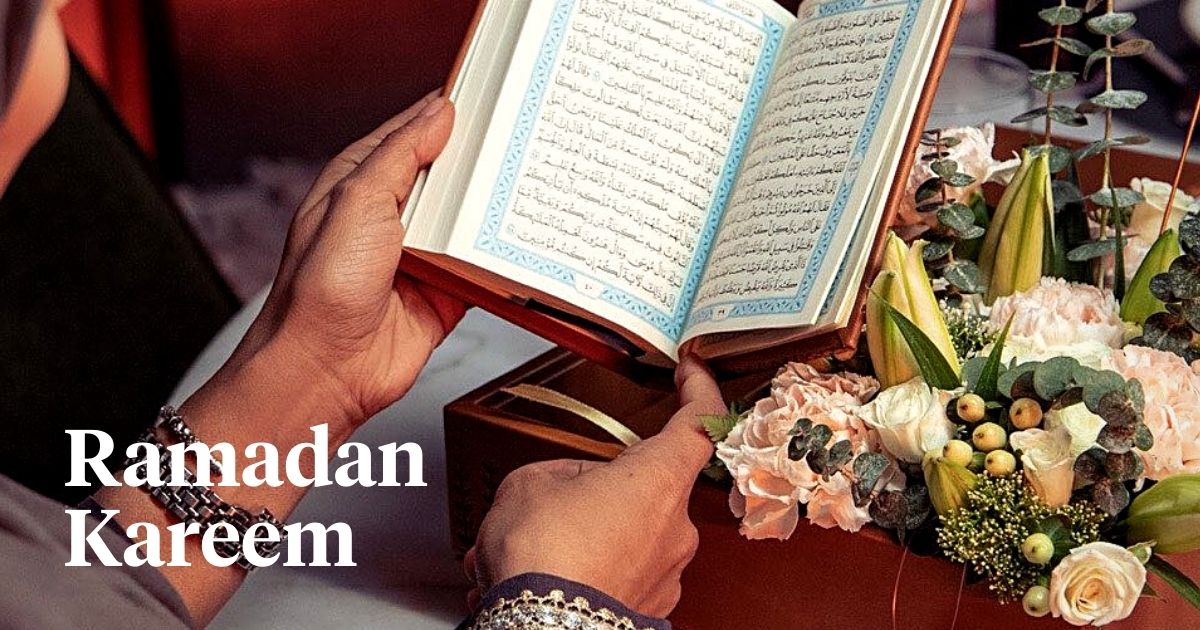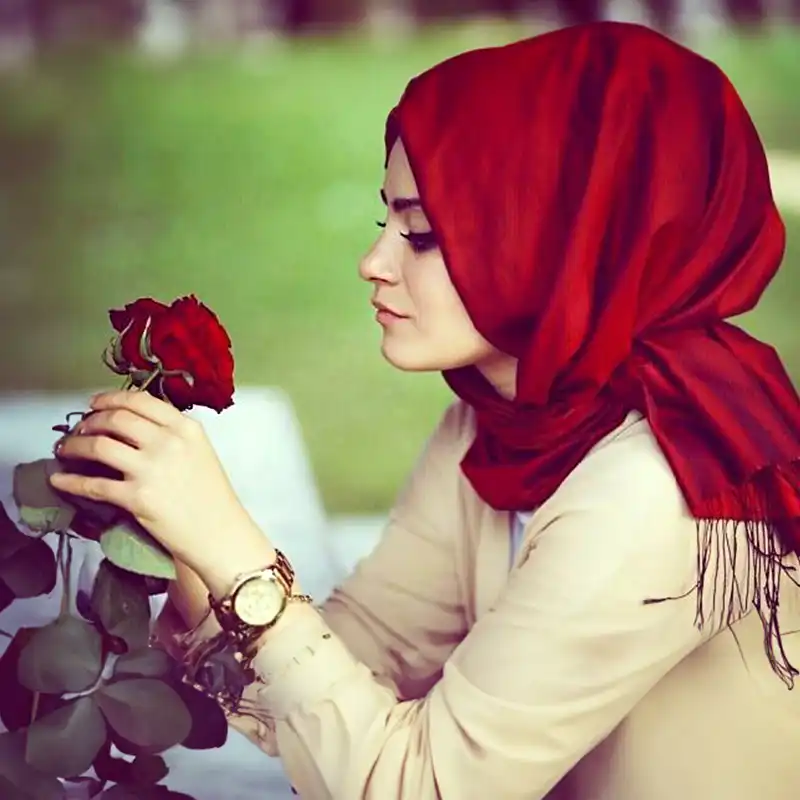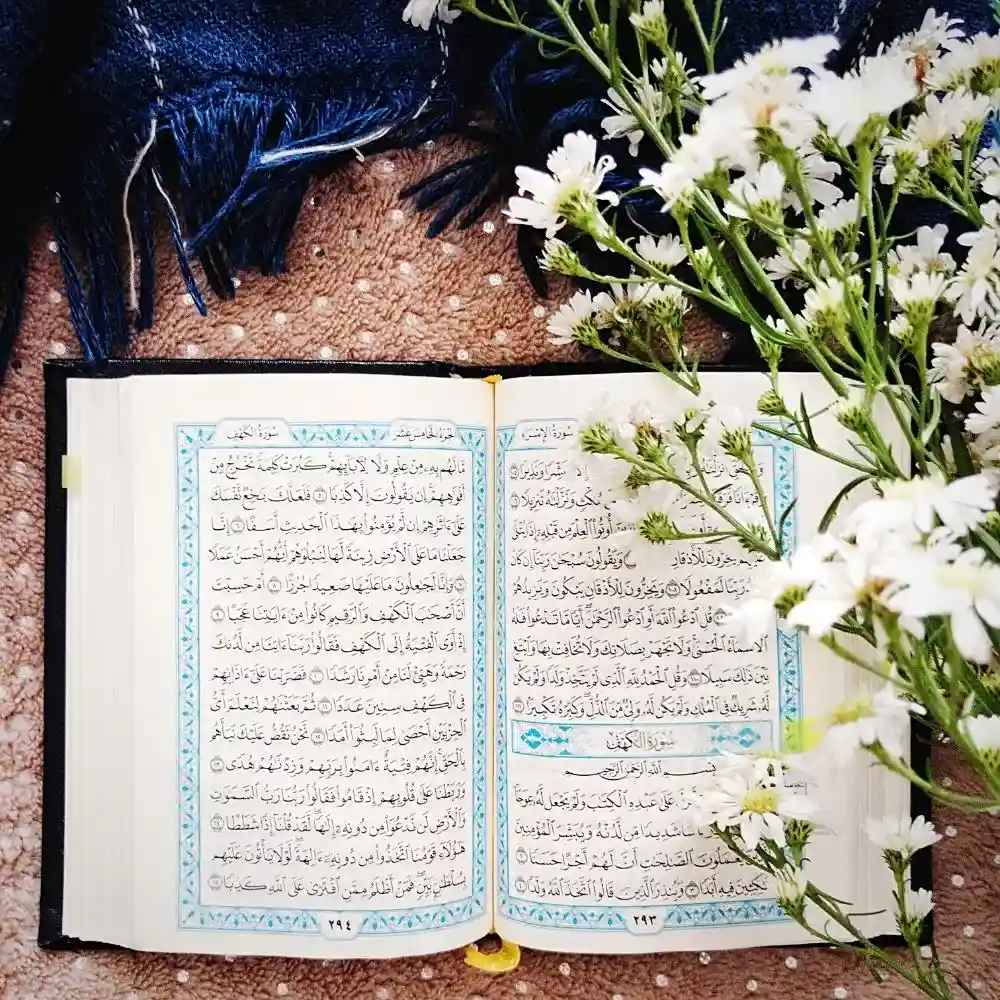Ramadan is a sacred month in the Islamic calendar observed by millions of Muslims worldwide. It is a time of fasting, prayer, reflection, and spiritual restoration. And as adherents of the Islamic faith take part in acts of worship and devotion, the use of flowers plays a significant role in enhancing the ambiance and symbolism of this Holy Month.
Flowers have a rich history in Islamic culture and are deeply interwoven with Ramadan traditions. During this occasion, flowers do much more than just provide a decorative element for an Islamic homestead. They provide meaning and cues for different cultural traditions, religious beliefs, and personal ways of being devoted.
The History of Ramadan Celebrations
Ramadan is one of the months - the ninth month - in the Islamic calendar and was also part of ancient Arabs’ calendars. Its name, most likely, comes from the Arabic root ‘ar-ramad,’ which means scorching heat. Muslims believe that in 610 A.D, the Angel Gabriel appeared to Prophet Muhammad (PBUH) and revealed to him the Quran, the Islamic Holy Book.
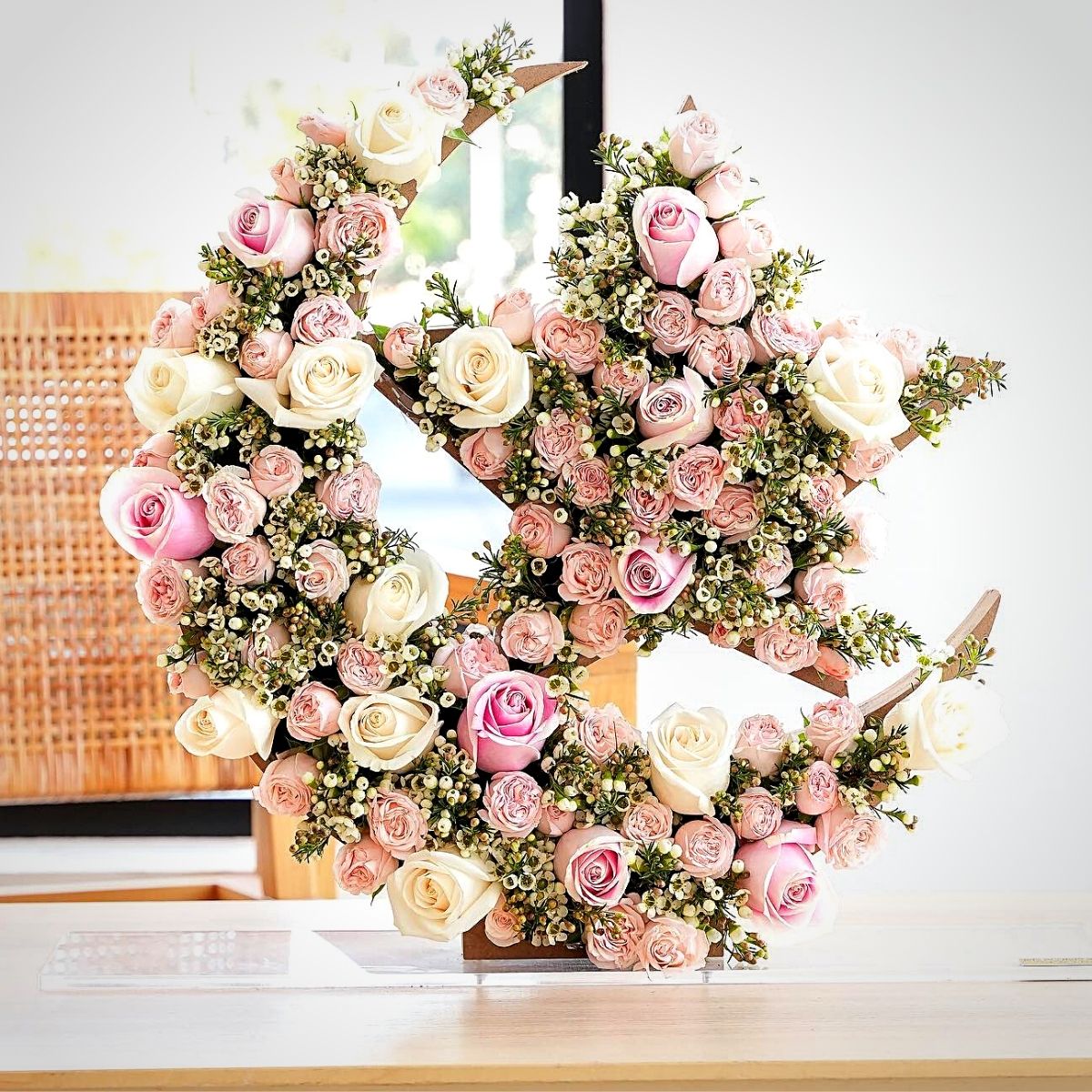
Photo by @flowers.ae
That revelation, called Laylat Al-Qadar - or the Night of Power - is believed to have occurred during Ramadan, and Muslims fast during that month as a way to honor the revelation of the Quran. The month is observed as a time of self-reflection, increased devotion, and heightened spirituality. Muslims fast from dawn to sunset, abstaining from food, drink, and other physical needs. It is also a month of giving, charity, and acts of kindness.
The conclusion of the observance of Ramadan is marked with a big celebration known as Eid al-Fitr (or Eid ul-Fitr), also known as the Feast of Breaking the Fast. It starts the day after Ramadan ends and lasts for three days.
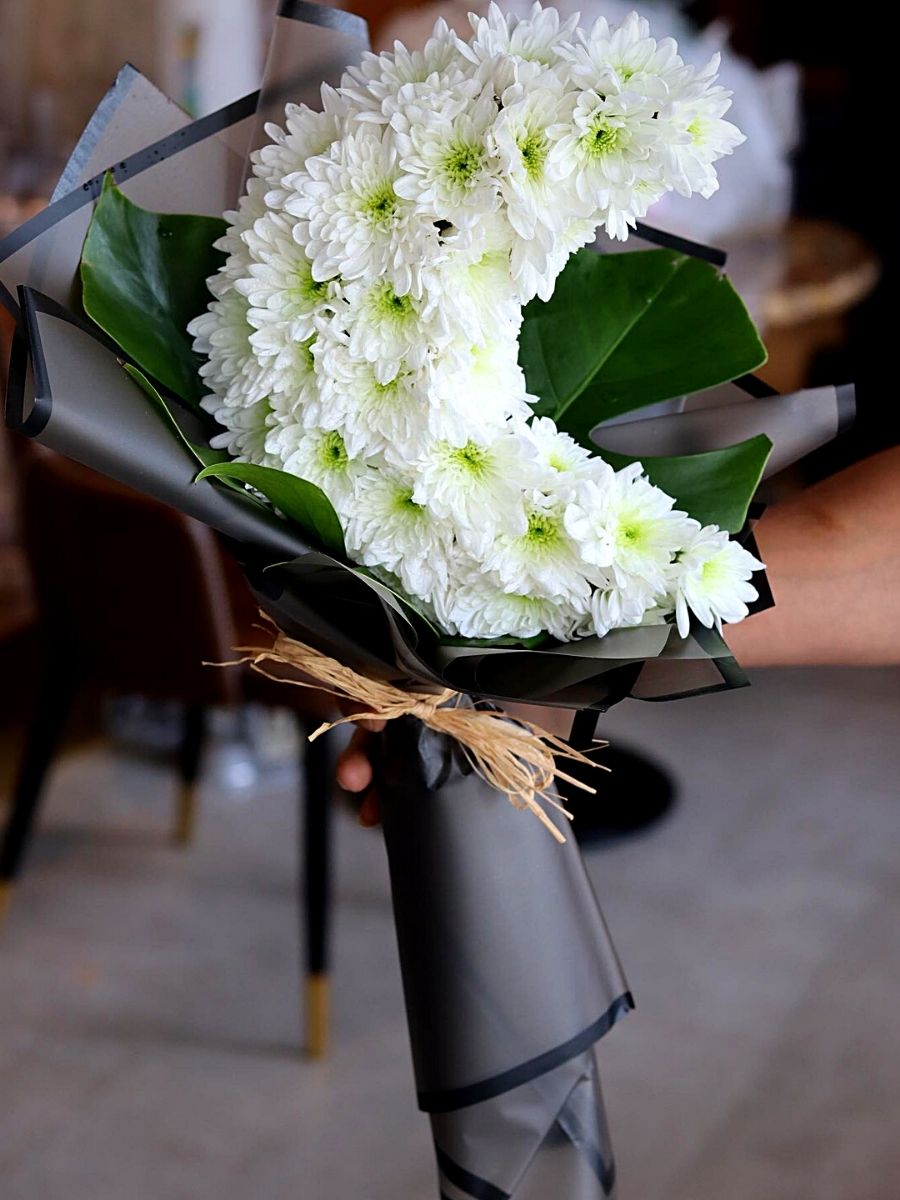
Photo by @choiceflowersuae
The History of Flower Usage in Ramadan Celebrations
Flowers in Islamic traditions can be traced back to the time of the Prophet Muhammad (PBUH) and the Ottomans, who were a flower-loving culture. The Prophet (PBUH) had a deep love for nature and appreciated the beauty of flowers. He often mentioned the calming and soothing effect of flowers, and how they reminded believers of the blessings of Allah (SWT). The Prophet Muhammad (PBUH) is also said to have loved the scent of flowers, especially violets.
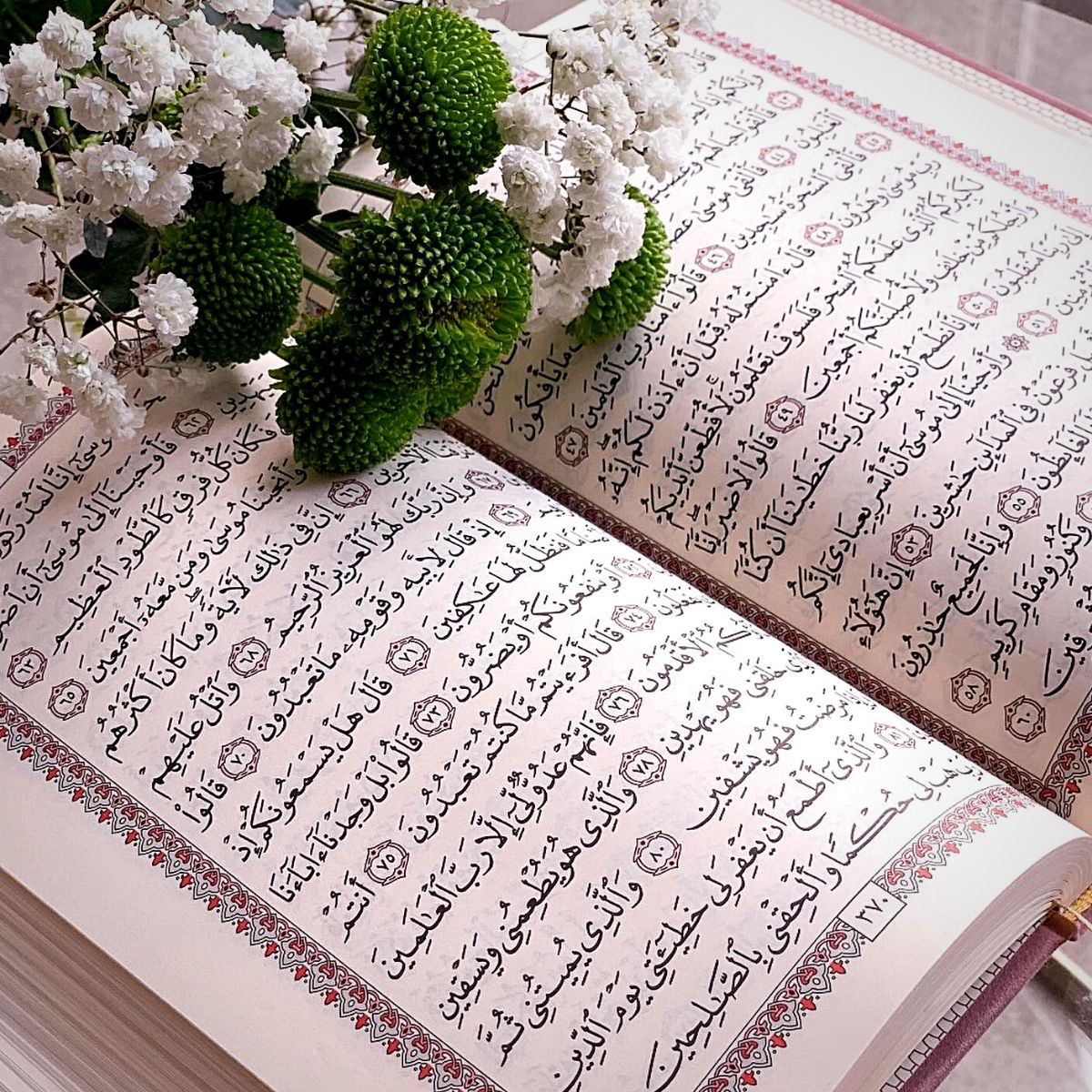
Photo by @oummjihane
In essence, flowers in Islam are not only beautiful adornments for homes or public and worship places but also symbols that, in their own unique language, express deep messages that touch on worship, virtue, faith, and even cultural heritage. Islam points out a connection between flowers and nature, and Hadith. These Hadith tend to highlight the imageries and virtues of specific flowers.
Thence, in due course, Muslim communities developed their own cultural traditions, incorporating flowers such as roses and jasmine among others into their everyday worship and Ramadan observation and practices.
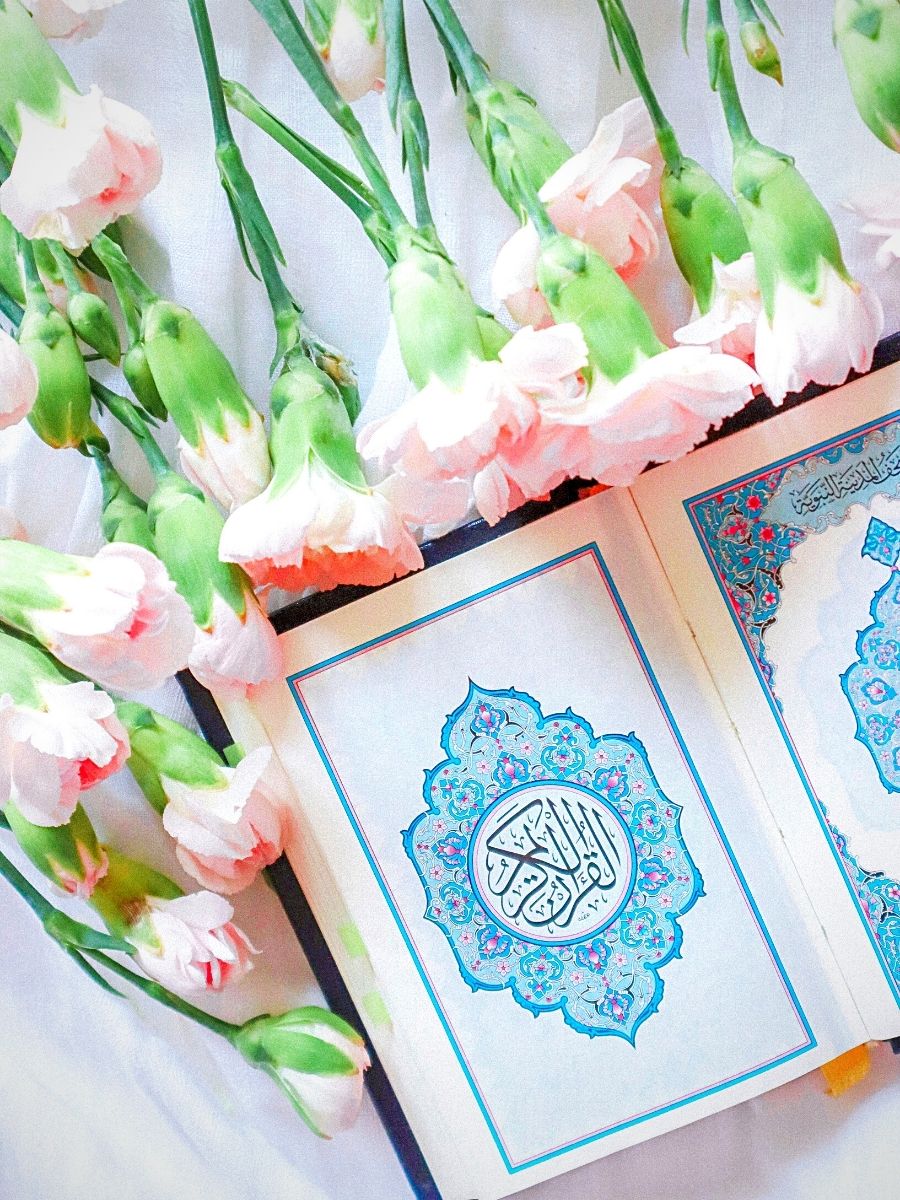
Photo by The Dancing Rain
The Connection Between Ramadan and Flowers
Flowers hold a special place in the hearts of Muslims, more so during Ramadan. They symbolize many important fundamentals such as the beauty and transience of life, making Islamic believers understand concepts such as the impermanence of the nature of worldly pleasures and the importance of focusing on spiritual growth. Flowers also are a pointer to the abundance and blessings conferred upon the believers by Allah (SWT).
They, therefore, carry deep symbolism in the context of Ramadan. They represent virtue, purity, spirituality, and even revival. Just as flowers bloom and then wither, Ramadan could serve as an occasion that reminds believers about the ephemeral nature of life; and the need to make the most of the blessed month. This explains the presence of flowers in homes, mosques, and public spaces during Ramadan. `
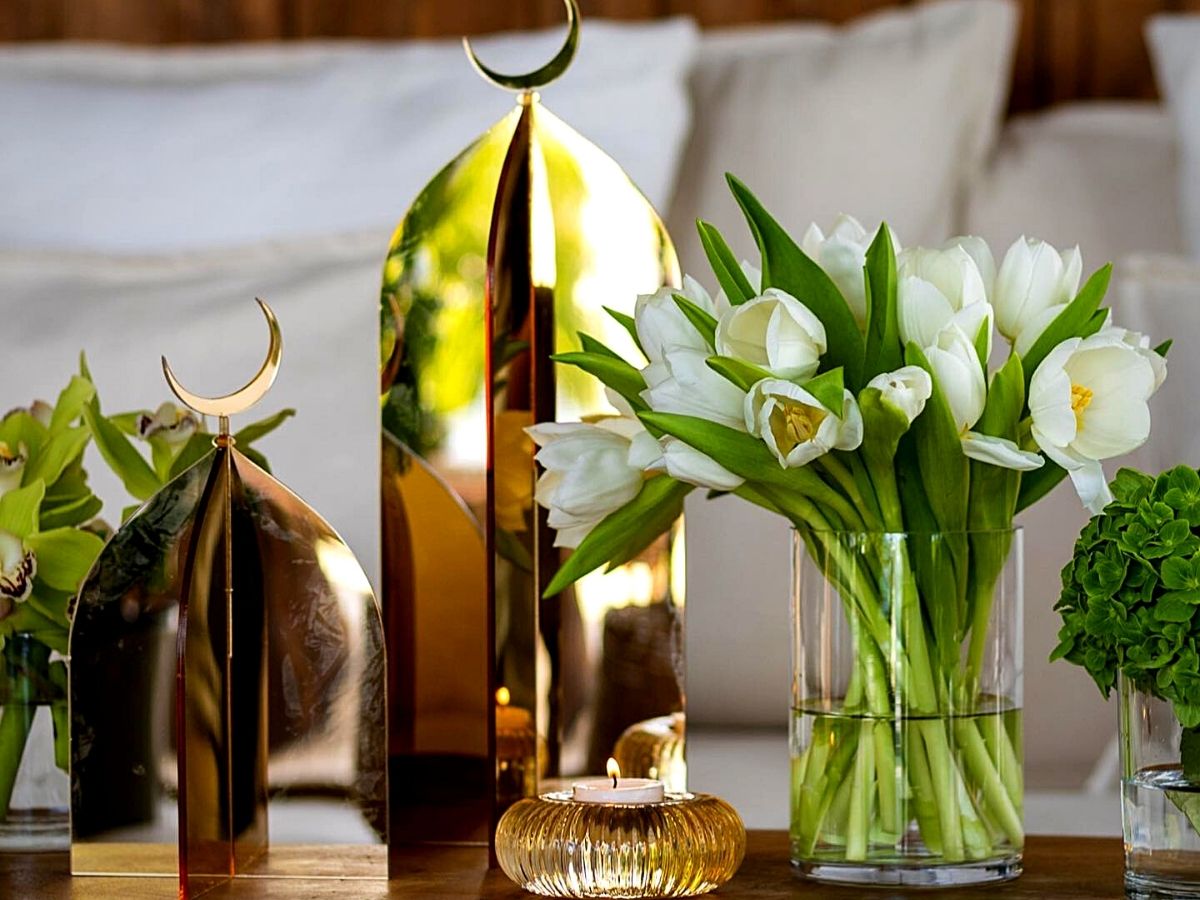
Photo by @wudflowers
Varieties of Flowers and Floral Designs Used During Ramadan
Different cultures and regions have their own preferences when it comes to the choice of flowers used during Ramadan. However, some commonly used flowers include roses, jasmine, lilies, chrysanthemums, hyacinths, lavender, and sunflowers. Jasmine is particularly known for its sweet fragrance and delicate beauty. Even so, these flowers are, often, chosen for their fragrance, beauty, and symbolic significance.
Floral arrangements and designs are, also, an integral part of Ramadan decorations. They are used to adorn prayer spaces, homes, and communal areas. Elaborate floral patterns are incorporated into draperies, tapestries, carpets, textiles, and Islamic art, showcasing the creativity and craftsmanship of Muslim artisans.
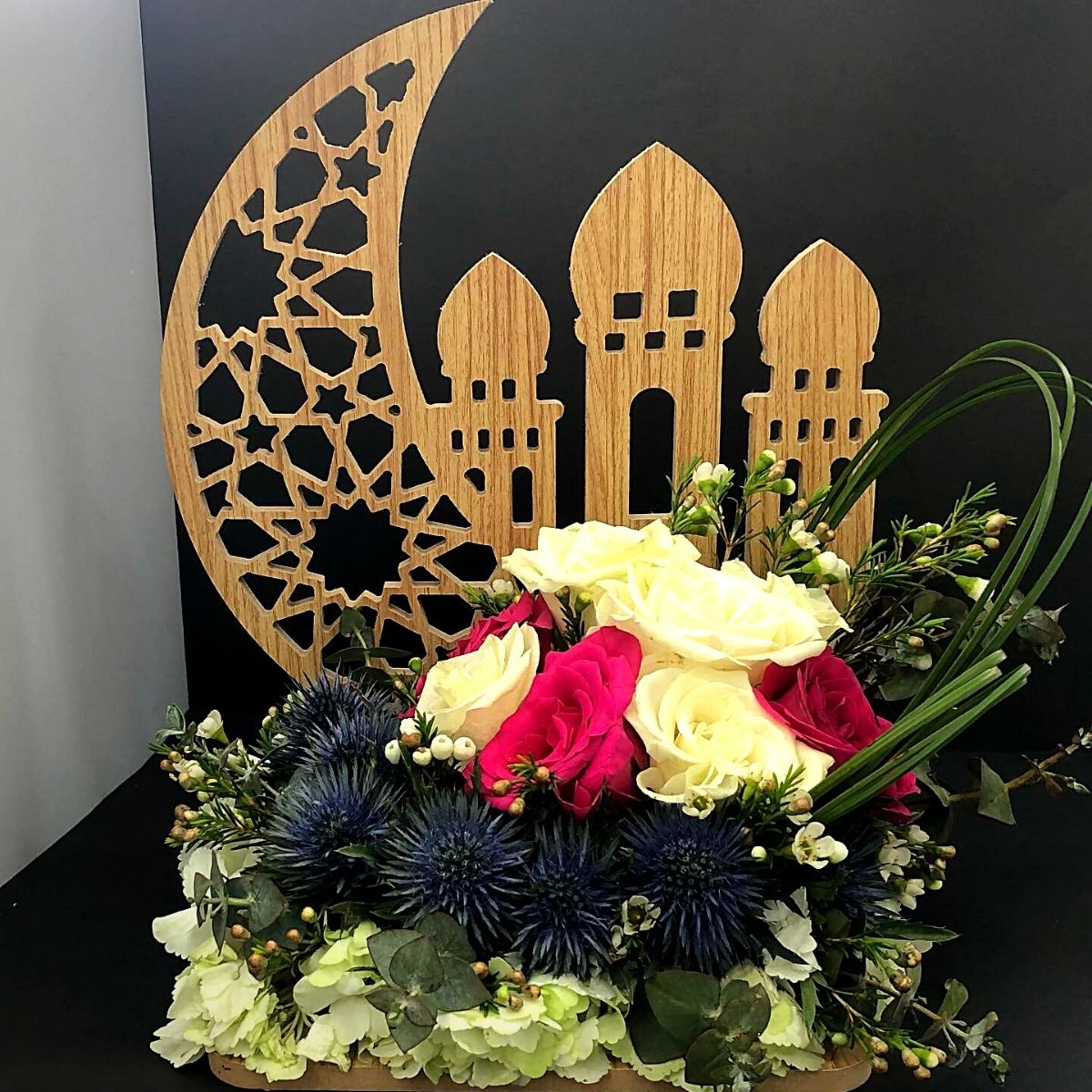
Photo by @bigbudsflowers
Furthermore, floral motifs are also often woven into traditional Ramadan and Eid al-Fitr clothing, adding an element of graceful elegance and spirituality.
Significances of Flowers During the Islamic Holy Month of Ramadan
During the observance of the Islamic Holy Month of Ramadan, flowers are essential for numerous purposes. They, for instance, hold symbolic meanings that resonate with the themes of Ramadan. For example, roses symbolize love and devotion, representing the deep connection between believers and Allah (SWT).
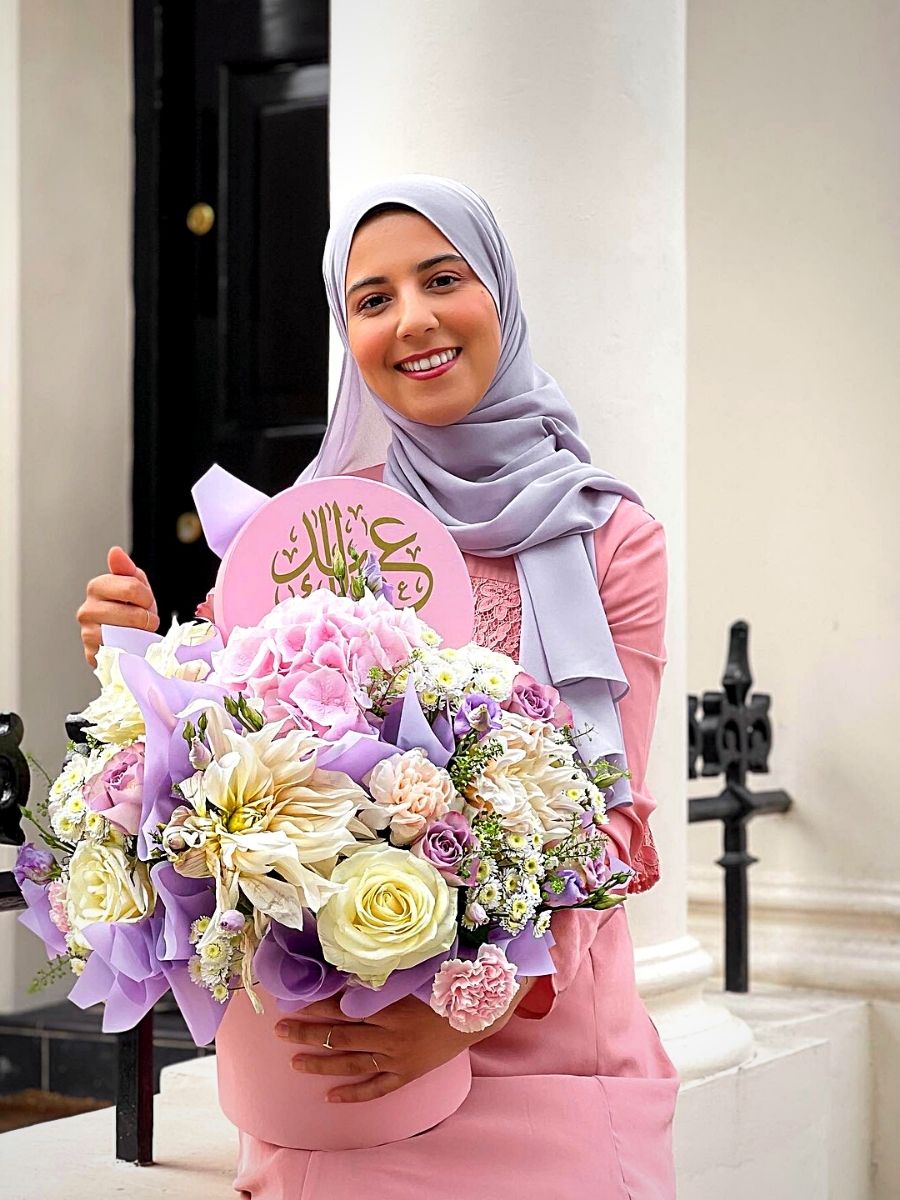
Photo by @salma.masrour
Jasmine is often associated with purity and spirituality, alluding to the importance of inner purification during Ramadan. Lilies represent blessings and strength, signifying the abundance of blessings that come with the Holy Month. Each flower, essentially, carries its own significance and adds depth to the spiritual experience of Ramadan.
The fragrance of flowers, also, plays a vital role in creating a peaceful and spiritually uplifting environment during Ramadan. As the sweet scent of flowers permeates homes, mosques, and communal spaces, it enhances the atmosphere of devotion and tranquility. The aesthetic beauty of flowers, correspondingly, contributes to the visual appeal of decorations for both the Ramadan period and Eid al-Fitr.
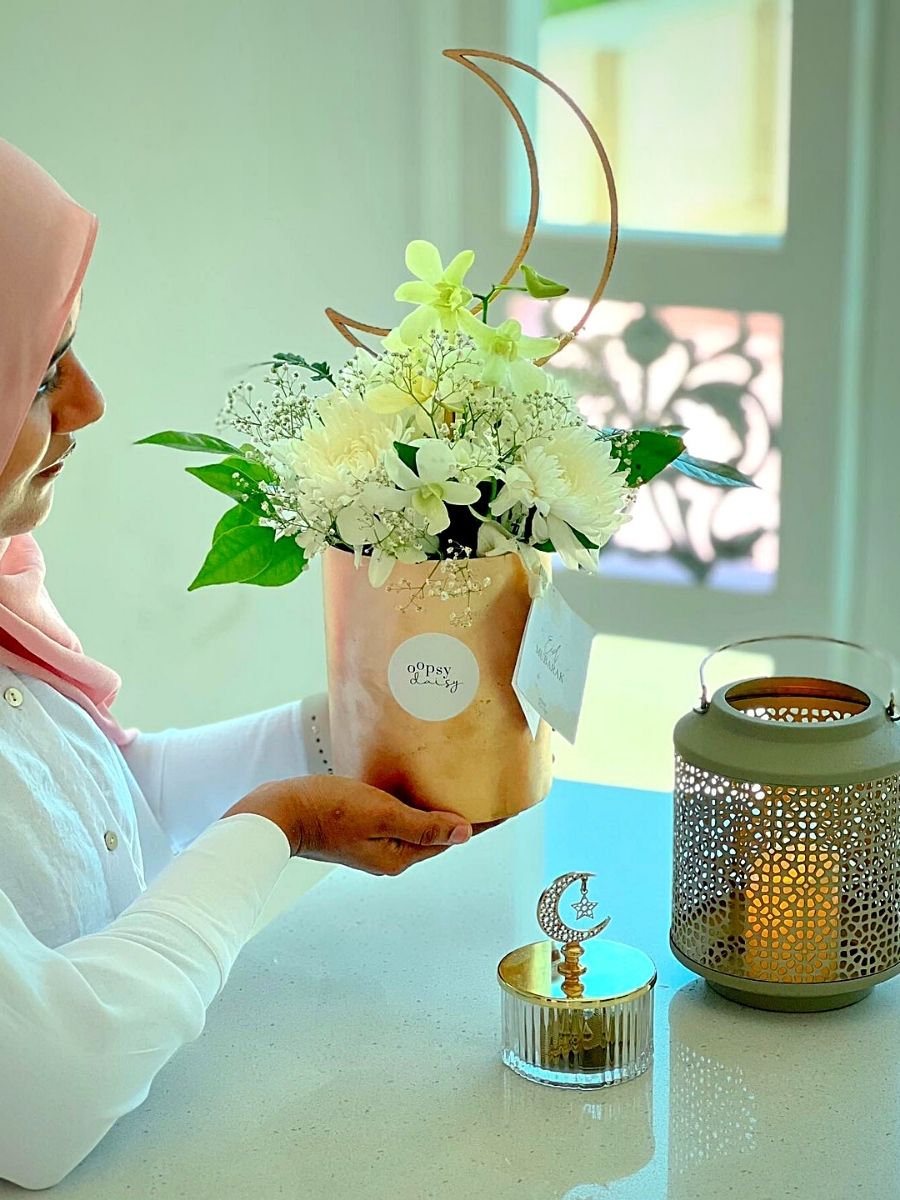
Photo by @mypinkjournal_sl
Also, mosques are central gathering places for Muslims during Ramadan, and they are adorned with elaborate floral arrangements. These arrangements often include a combination of different flowers and greenery, creating a visually inviting ambiance. The presence of flowers in mosques not only enhances the feeling of the occasion but also points to the beauty of Allah's (SWT) creations.
Similarly, flowers are often given as offerings and gifts during Ramadan. Muslim adherents may bring blossoms when visiting friends and family, or they may offer them as a gesture of gratitude and blessings. These flowers symbolize love, respect, and appreciation, and their exchange strengthens bonds within the community.
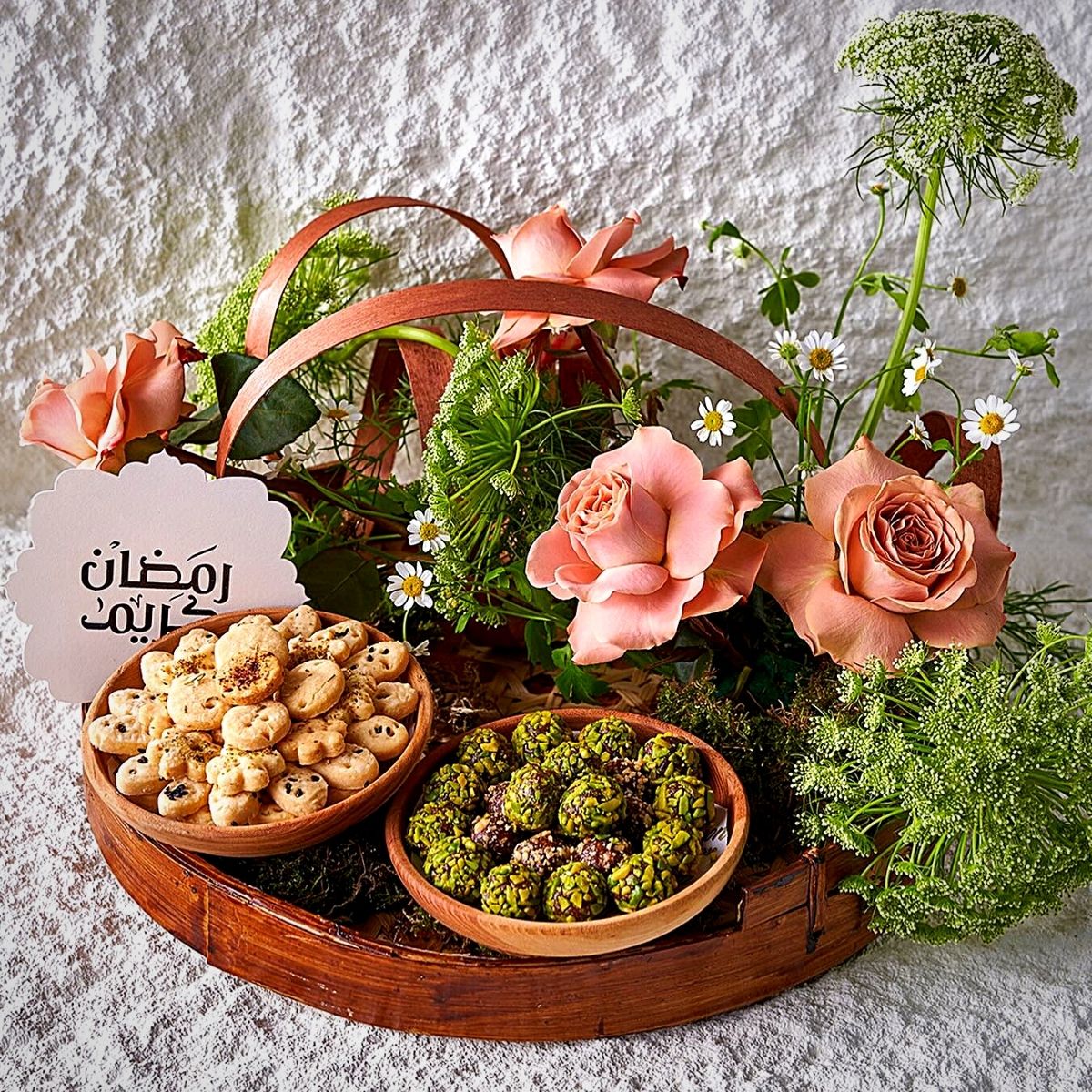
Photo by @lamaisondesrose_uae
What’s more, Ramadan events and gatherings often feature intricate floral designs as part of the overall decor. These designs can be seen in table centerpieces, stage backdrops, and event signage. Floral patterns are usually crafted to reflect the cultural heritage and artistic traditions of the community, adding a hint of heritage and grandeur to the festivities.
Past their decorative significance, flowers also act as a source of personal reflection and introspection during Ramadan. Individuals may spend time in gardens or nature, appreciating the beauty of flowers and finding solace in their presence.
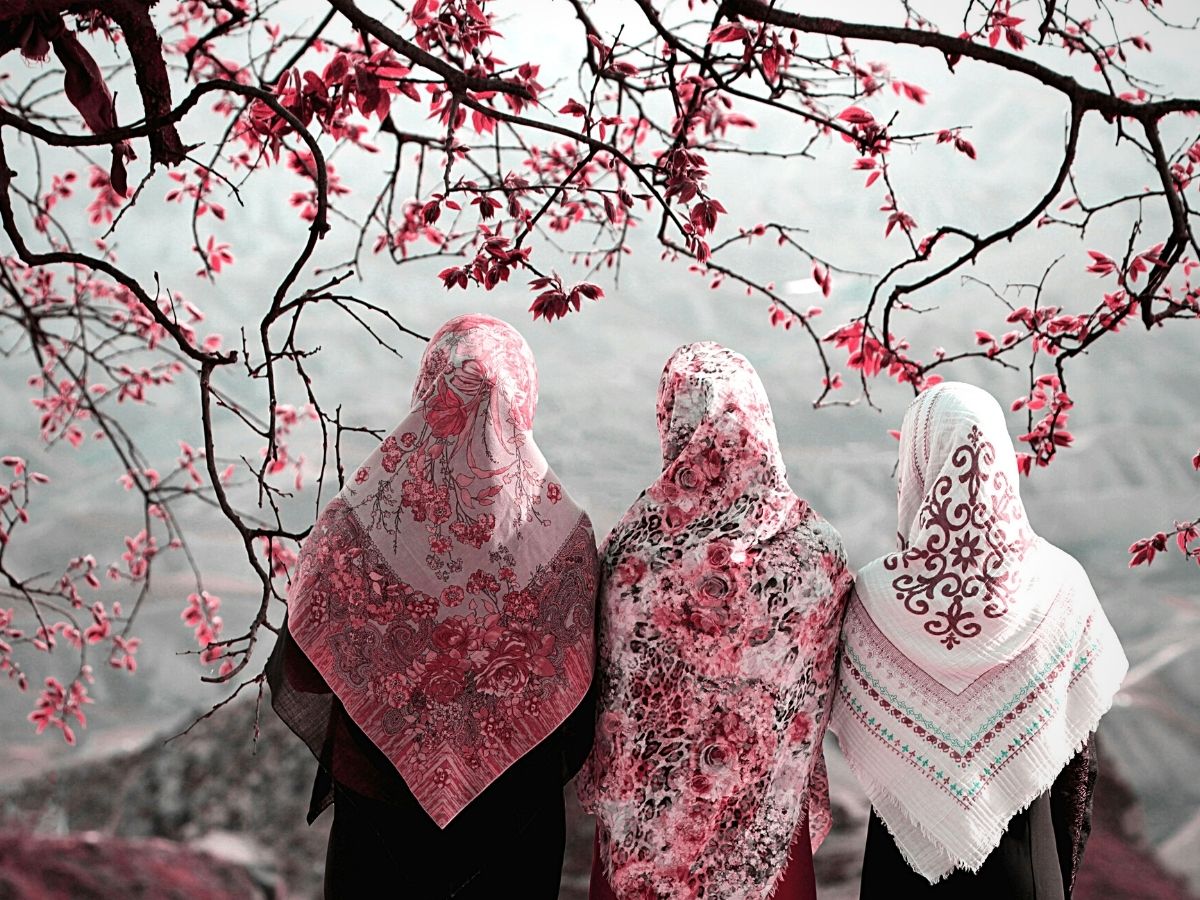
Photo by Hasan Almasi
The delicate nature of flowers has a lot to remind the believers of. The blooms could, for instance, nudge them to be humble, grateful, and mindful of others during the Holy Month and even beyond.
Feature image by @salma.masrour, header image by @flowardco.
